Whether you’re buying your first helmet, or replacing your old one, when buying a dirt bike helmet your first priority should be giving your head the best protection you can.
Ideally the more protective gear you wear the better, but your helmet must surely be the one piece of equipment that is at the top of the list when decided where to spend your hard-earned cash.
Sure, all your other gear like body armor, neck braces, knee braces, boots, goggles, gloves are all important, but your helmet outranks them all.
Choosing a motorcycle helmet is not as simple as it once was. These days there are so many more factors to consider due to the advances in helmet technology. There are so many more options to consider, so in this article, I have attempted to break it down to make the selection process easier.
For the first helmet buyer, this buying guide will help clarify things. For the experienced rider, this will be a handy reminder of the things to consider.
Helmet Price
If you are a beginner rider, the price is one of the first things you’ll be considering. The price varies depending on the materials used and the features provided.
A helmet with a shell constructed from Carbon Fibre will cost more than a Polycarbonate shell, typically used in the lower-priced helmets.
A more expensive helmet will obviously offer better protection, comfort, and features, but that doesn’t mean you can’t find quality features in a reasonably priced helmet.
Do NOT buy a used or second-hand helmet. Aside from the fact that someone else has been sweating in it (even though it may have been washed), you have no way of knowing if it has received an impact and the structural integrity has been weakened.
Helmet Sizing and Head Shape
The first thing you need to do is to determine your head size:
1. Wrap a soft measuring tape around your head about half an inch above your eyebrows, above your ears, and around the back of your head at the largest point.
2. Match your head size with the helmet manufacturer’s size chart to find a match. Each helmet manufacturer will have a different sizing chart, so you will need to follow each brand’s sizing.
3. If you have the opportunity to try the helmet on, it should sit squarely on your head with the top of the helmet’s eye port just above your eyebrows. It should fit snuggly at first, then loosen slightly as it wears in. Your fingers should not be able to fit easily between your head and the helmet.
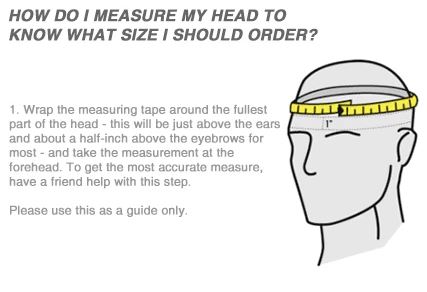
Head SHAPE is just as important as head size. A perfectly sized helmet may fit comfortably on one rider, but be uncomfortable on another. A lot of manufacturers offer the following shapes when manufacturing their helmets:
- Long Oval – This shape resembles a more oblong head that is longer front-to-back and narrower side-to-side.
- Intermediate Oval – This shape resembles a round head that is shorter front-to-back and wider side-to-side than the Long Oval. This is the most common offered by manufacturers.
- Round Oval – This shape resembles an oblong head that is longer side-to-side rather than front-to-back like the Long Oval.
To get the maximum protection from your helmet it must be correctly sized and fitted. Take your own measurements and factor in your head shape when selecting, and keep in mind that just because your old helmet was a medium, doesn’t mean your new helmet will be.
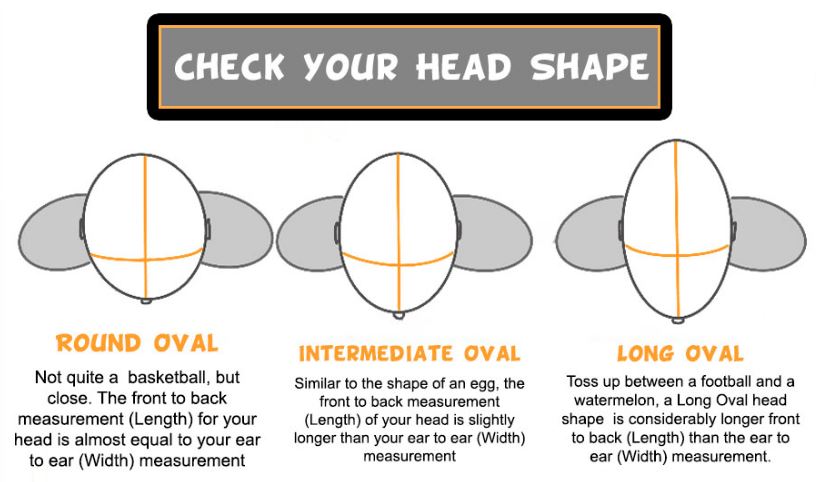
Different helmet manufacturers have their own sizing charts. Always refer to the manufacturer-specific sizing chart when selecting the size.
Dirt Bike Helmet Safety Standards
Worldwide there are multiple helmet safety standard organizations that test helmets.
The most common standards you will see on helmets are DOT, ECE 22.05, and Snell. Some helmets are certified to multiple standards. Here’s a brief explanation:
DOT Helmet Standard (USA): This stands for ‘Department of Transportation’ and is applicable to helmets sold in the US for on-road use. However, using a certified helmet for off-road or competition purposes is certainly a good idea. DOT relies on the individual helmet manufacturer to perform their own tests and no further testing is carried out once the helmet reaches the market.
ECE 22.05 (Europe): This stands for ‘Economic Commission for Europe’ and is accepted in more than 47 countries. The ECE standard, like DOT, favors impact-absorbing helmets but has a more stringent set of tests. Unlike the DOT standard which relies on the manufacturer being honest, the ECE batch tests helmets prior to public release to ensure quality before the helmet leaves the factory.
Snell (Snell Memorial Foundation M2010) Helmet Standard (USA):
A private non-profit organization founded in 1957 after the death of William ‘Pete’ Snell, who died in 1956 after sustaining injuries to his head in a car race. They are dedicated to improving helmet safety and the Impact Attenuation is higher than the DOT standard.
Snell Standards are the world’s toughest. They offer prototype testing to helmet manufacturers. Helmet companies submit their helmets voluntarily for testing. Snell also randomly buys Snell approved helmets and re-tests them for compliance after they have reached the retail market.
A lot of helmets in the market not only meet but exceed these requirements. To learn more about helmet standards <source>
Australian Standards:
In Australia, there are a number of companies that perform testing on motorcycle helmets. A common one is the SAI Global ‘Five Red Ticks’ but there are some others currently in circulation.

In 2016 the rules were updated for all states throughout Australia. The update now allows for the ECE 22.05 standard.
For more information on Australian helmet standards please visit Motorcycling Australia www.ma.org.au who will direct you to published information regarding the new laws.
Recent Developments In Helmet Technology
Rotational Impact Protection:
Different helmet manufacturers have developed their own approaches to achieving this.
MIPS (Multi-Directional Impact Protection System) is seen in helmets from companies like Bell, MSR, Fox Racing and is designed to imitate the brain’s protective fluid. The brain is surrounded by a low-friction cushion of cerebrospinal fluid.
MIPS works in a similar way and gives the helmet its own low-friction layer between the EPS and the comfort liner, which absorbs much of the energy created by an angled blow to the head.
The combination of the brain’s own protection and your helmet’s MIPS ensures you’re getting the maximum protection possible.

6D Helmets have their version of this with ODS (Omni Directional Suspension). Shoei Helmets have their M.E.D.S. (Motion Energy Distribution System).
Helmet Shell Construction:
Technology advances have also given a greater choice of helmet shell construction materials available.
There are four main types of materials that dirt bike helmets are made from, and this affects the level of protection provided by the helmet.
Polycarbonate: This material is used on a lot of lower-priced helmets. It is very strong and light and passes all the DOT and Snell safety requirements. The downside is that the penetration resistance levels are lower than the other shell types.
Fiberglass: Back in the day fiberglass was the only material used to manufacture helmets, you didn’t have much choice. It has a higher impact attenuation level than Polycarbonate and is the next step up. The downside is that fiberglass is heavier than the other shell types, so if a lightweight helmet is something you’re looking for it may not be the best option.
Tri Composite: This is a mixture of 3 materials – Carbon Fiber, Kevlar, and Fiberglass. The combination of the 3 materials adds extra strength and also reduces the weight. The downside is that it is more costly to make, so the price of the helmet is higher.
Carbon Fiber: This is the best of the best when it comes to helmet shells and a huge range of other uses in many sports. It is super strong and extremely light which makes it ideal for helmet shell construction. Again, the downside is that the cost is higher, but you’re paying for the best.
Emergency Cheek Pad Removal System:
We’re starting to see this feature in a lot of motocross helmets now. In fact, some competition events require it.
This feature allows emergency medical personnel to easily remove the cheek pads from an injured rider’s helmet. The helmet can then be gently removed with minimal load placed on the rider’s neck.
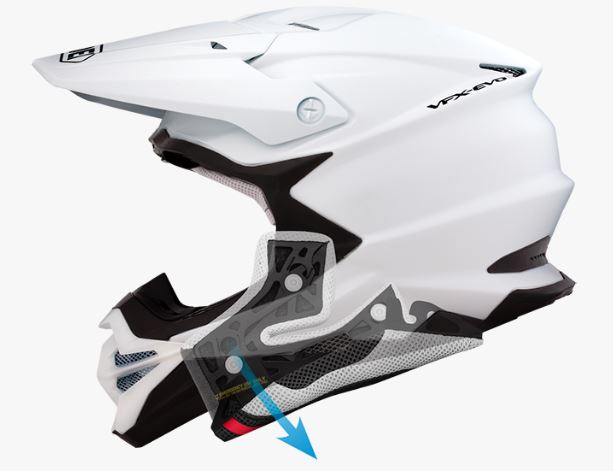
A good example of this is Shoei’s E.Q.R.S. (Emergency Quick Release System).
This is something I wish was available back in my racing days. I can remember several occasions where the ambulance staff was trying to get my helmet off, and having some difficulty. Luckily there was never a neck injury to contend with.
Breakaway Visors:
There are several manufacturers offering this in various forms. The idea is that the visor will break away before it can catch on the ground in a crash and cause injury through rotational forces on the helmet.
This was never a problem back in the day when visors (or peaks) were simply fixed to the helmet with snap fixings and required duct tape to keep them from popping off while riding.
But now companies like Fox Racing are offering MVRS (Magnetic Visor Release System) and Bell with the ‘Flying Bridge Visor’ which will release in the event of a crash.
Excellent Ventilation:
This is another development that has vastly improved in recent years. It wasn’t long ago that the only ventilation on a dirt bike helmet was on the chin bar.
Helmets now have multiple intake and exhaust vents to allow airflow through the helmet.
Some people sweat more than others, but for dirt bike riding the more vents the better, especially if you ride in warmer climates.
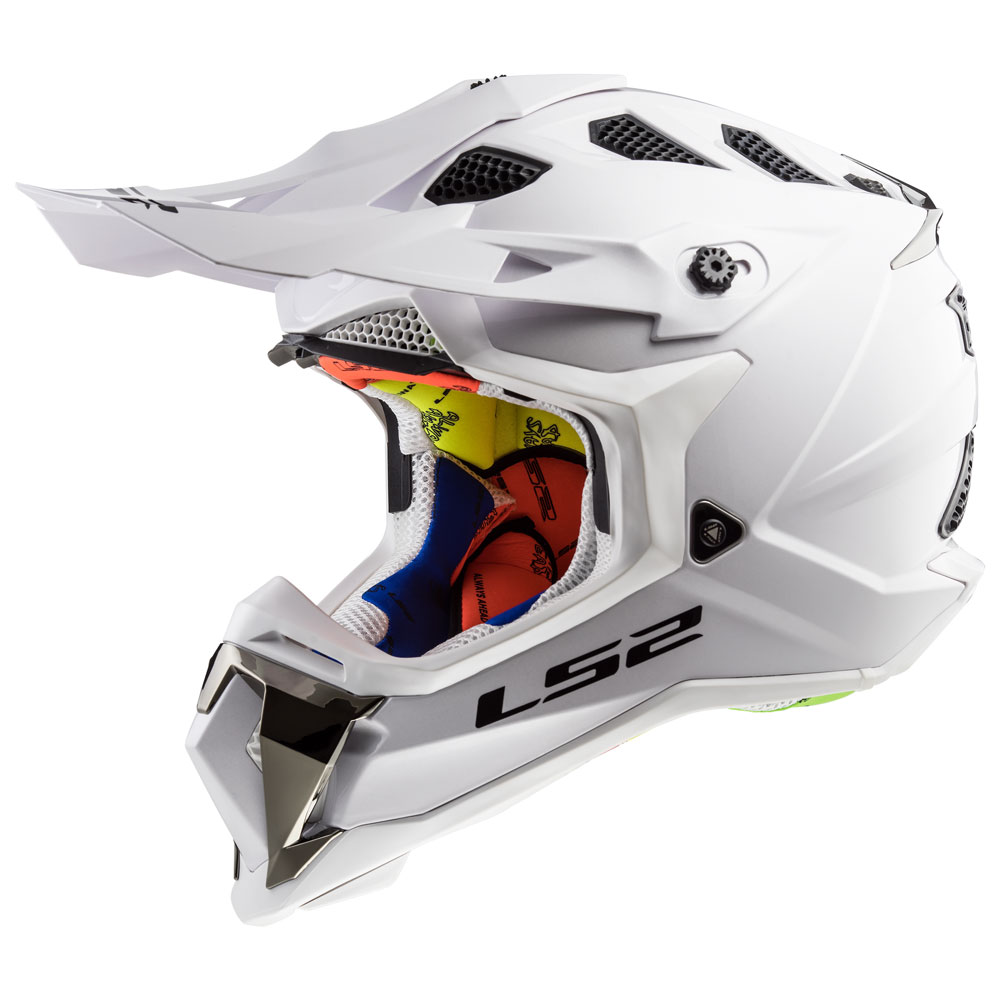
The LS2 MX470 Subverter would have to be the most vented helmet on the market with an incredible 35 vents.
Removable Liners:
Look for a helmet with a lining that can be removed and washed, thankfully that is a feature of most helmets these days.
Back in the days of the Bell Moto 3 in the seventies/eighties helmet linings couldn’t be removed. I’ve had to replace many helmets simply because the lining had deteriorated and made the helmet unusable.
Another great feature to look for is a moisture-wicking fabric that will help keep you dry through the day. Antimicrobial and antibacterial fabrics are also desirable features.
Light Weight:
A light helmet goes a long way to reducing fatigue and making you more comfortable while riding, especially if you’re racing motocross or Enduro. Most dirt bike helmets are around 1500 grams, so a good recommendation would be to stay below the 1600 gram mark.
More than 1600 grams and you start to feel the weight of the helmet, which after a long ride will lead to neck fatigue.
Styling and Graphics
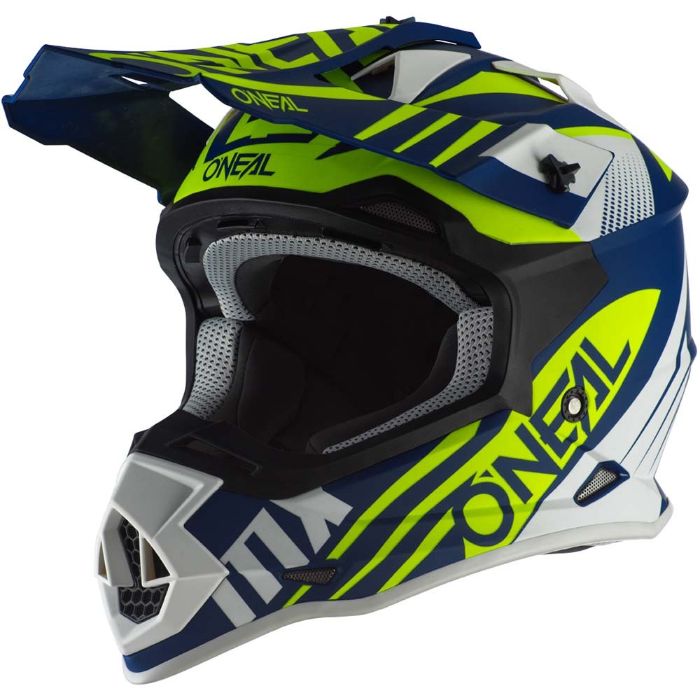
Even though good graphics won’t make you any safer, you have to like the look of your helmet. You don’t want to be replacing it in a year because to can’t look at it any longer.
Graphics typically add to the cost of the helmet. It’s all a matter of individual taste, but personally, I think O’Neal helmets have great graphics.
When To Replace A Dirt Bike Helmet
It can be hard to know exactly when to replace your helmet. Even if you have not had a crash, your helmet’s shell and EPS liner have a finite lifespan of about 3 to 5 years. This is due to exposure to the sun and general wear and tear.
The helmet’s outer shell is made from either Polycarbonate plastic, kevlar or fiberglass with an inner core of polystyrene or EPS which is designed to crush upon impact.
If you have had a crash and hit your head hard enough to make you think “I’m glad I was wearing a helmet” that is a good indication that it’s time for a new helmet. There may not be any visible signs, but the EPS liner may be compressed causing a reduction in protection to that area.
Dropping your helmet onto a hard surface also means you may need to replace it. You will have to ask yourself how hard it hit and what surface did it impact.
If you race competitively you will be crashing more than the casual weekend trail rider, so you will have a pretty good idea when it should be replaced.
Dirt Bike helmet manufacturers are always developing new technology, so upgrading your helmet to a newer model will naturally keep you safer.
Final Thoughts
Accidents happen even if you’re a professional rider. Investing in a quality helmet is an investment in yourself. It could mean the difference between getting away with a few minor bruises or spending time in the hospital with a life-threatening head injury.
I hope this post has provided enough useful information to be helpful next time you’re looking for a new helmet. It’s money well spent.
Related Posts
6 Best Dirt Bike Helmets (2020Update) – Entry Level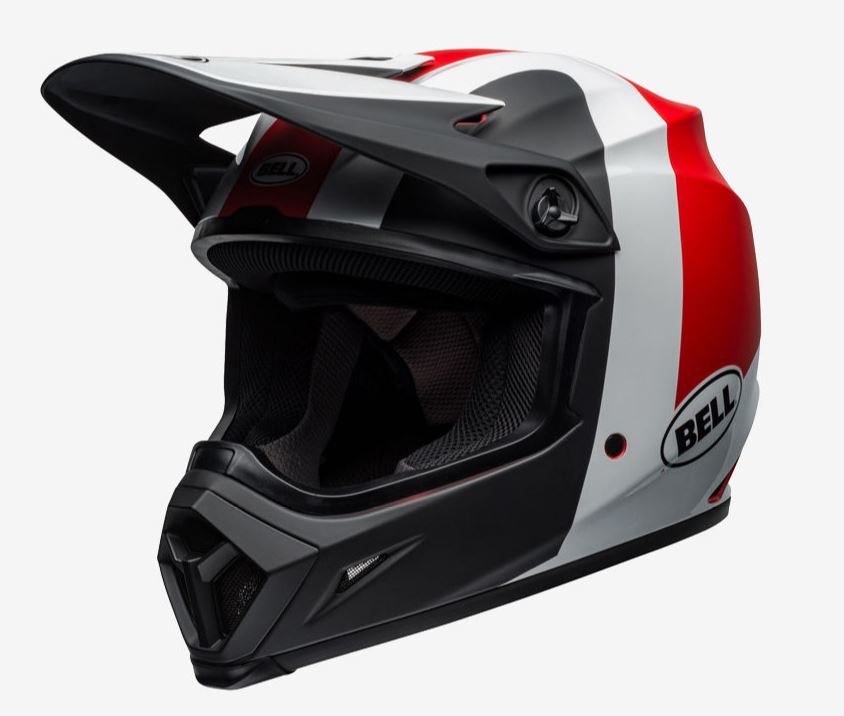
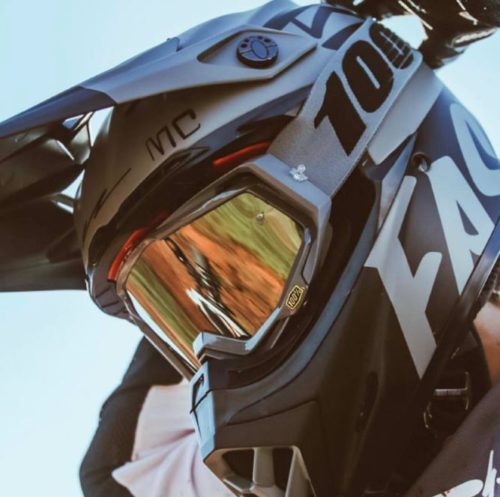
5 Best Dirt Bike Helmets 2020 – Top Of The Line

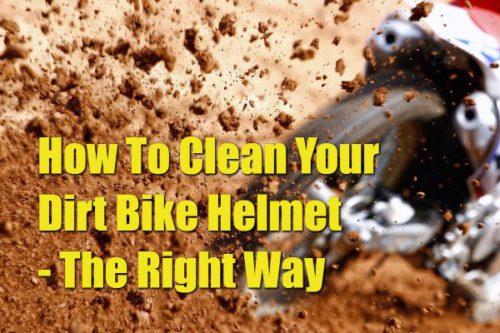 How to Clean Your Dirt Bike Helmet – The Right Way
How to Clean Your Dirt Bike Helmet – The Right Way
If you have any questions or would like to share your thoughts with readers, please feel free to leave them in the comments below.

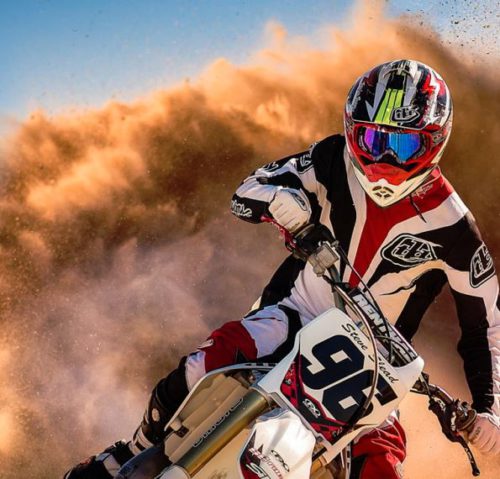
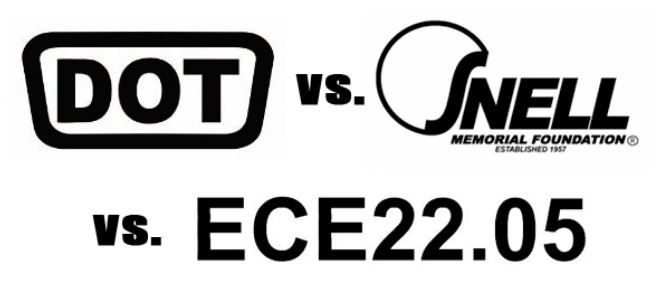
Good stuff! Too many people just buy any old helmet, mainly because it’s cheap. I think (as you can tell from your post) there is so much more to choosing a good dirt bike helmet or any bike helmet for that matter. These tips are helpful though and hopefully readers will take your advice and choose accordingly.
Hi Nate, yes there’s so much more to consider now on modern helmets. You have a lot of choices these days, which is why I wrote this article. Thanks for your thoughts.
The timing of finding this article is astonishing. Let me explain why. This afternoon, the kids and I were in the Jeep headed to town. There was a teenager on a dirt bike rapidly approaching us from behind. Not only was he standing up, but he also was not wearing a helmet. As you can imagine, he passed us going faster than he should have been. My 4-year-old is the one who mentioned the fact that the rider wasn’t wearing a helmet. We had a discussion on why it’s a necessity! Your post and review are very spot-on. Quite frankly, the helmet industry should raise their prices! Wearing one could save your life. I hope the teen following us was on his way to pick his helmet up from a friend’s house.
Yes, it’s pretty crazy riding on the road without a helmet. Hard to think that there was once a time when there were no helmet laws. Helmet technology has come a long way since in recent years but does you no good if you’re not wearing it. Thanks for your comments.
Wow, these are really wonderful tips to getting akan helmet. The importance of a helmet for a bike especially a dirt rider can not be over emphasized. So many people don’t really like using an helmet when riding a bike bit don’t really know the implication/risk involved. I appreciate you taking your time to explain what to do to get one right size of helmet. I am really intrigued by the helmets whose pictures are on this posted on this site, especially the LS2 MX470 subverter. Its really cool. Best regards.
Hi Dane. The LS2 is a pretty radical helmet, not for everyone, but has lots of features. There was no ventilation in helmets when I started riding, and only one material choice, fiberglass. Helmet technology has come a long way. Thanks for your comments.
You’ve provided a very informative article here, its a very lovely one. Many people don’t really pay attention to all these criteria when buying a dirt bike helmet and this will result into danger. Helmet price is a really good one to first check because the good ones Will definitely be expensive and since its for protection, we shouldn’t hesitate, there are other things to be considered too like the shape of the head, the helmet’s safety standard, how ventilated it is, the weight and lots more. This article has really helped me personally, I love it.
Yes, there are lots of factors to consider buying a helmet these days. Glad the post was of some help. Thanks for dropping in.
Hi, Greg
My husband also likes to ride a motorcycle, but not a dirt bike. You know, we live in China, It is not so convenient to ride a dirt bike. so only ride some light motorcycles, but he is a dirt bike enthusiast. I remember have a time he searched for off-road equipment on the Internet. include a helmet. He didn’t find good information on the Chinese website. I think he would like your post because you provided a very useful content.
I would imagine motorcycles would be very popular transport in China, but not so much off-road. A helmet is still important though, no matter where you ride. Hope the post was of some help to you.